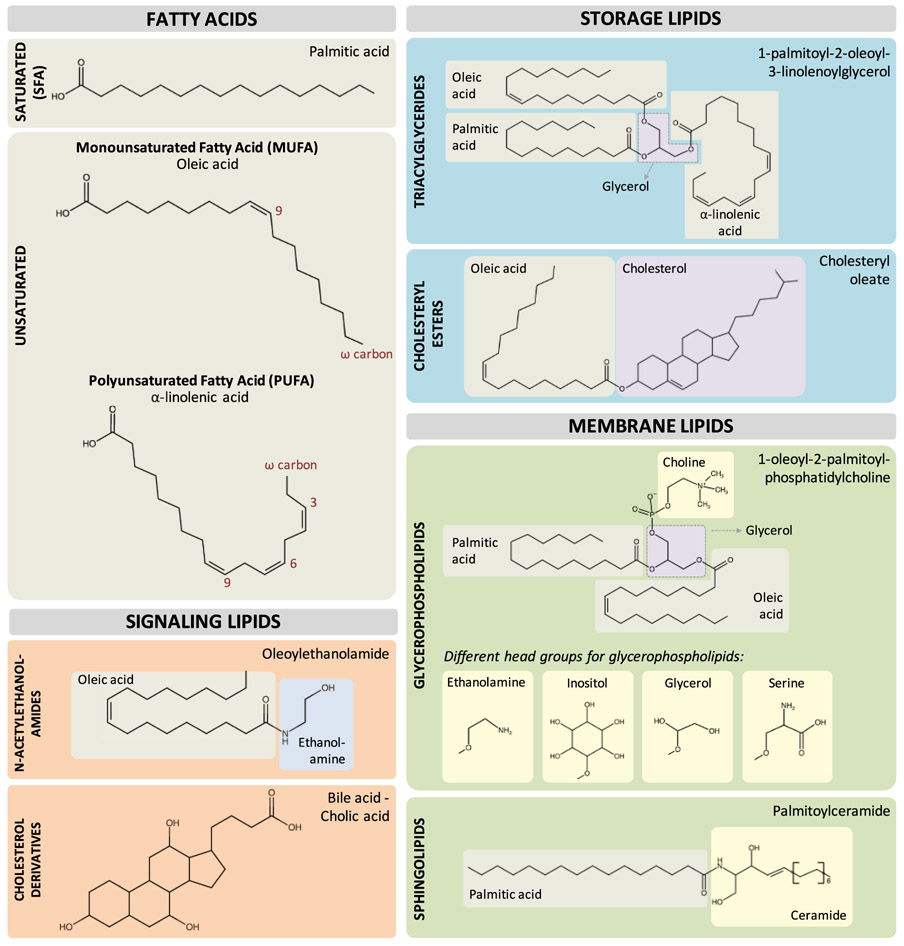Figure 1. Different classes of lipid species.
Fatty acids are building blocks of all lipids. Palmitic, oleic, and α-linolenic acid are shown as examples for saturated, monounsaturated, and polyunsaturated FAs, respectively. For storage lipids, triglycerides consist of three FAs attached to a glycerol, whereas cholesterol esters consist of a fatty acid attached to a cholesterol. Glycerophospholipids are lipids with a polar group attached to one of the positions on the glycerol backbone and FAs attached to the other two. For example, phosphatidylcholines have a choline attached to the third position on the glycerol. Other than choline, the head group could be ethanolamine, inositol, serine, and glycerol. Sphingolipids have a sphingoid base attached to one fatty acid. For example, ceramides have sphingosine attached to a fatty acid. For signaling lipids, N-acetylethanolamides (e.g., oleoylethanolamide) and cholesterol-derived bile acids (e.g., cholic acid) are shown as examples.

